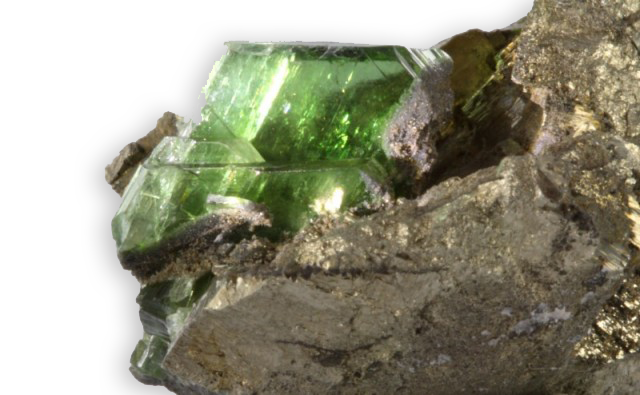
perfect
Je vous emmène à travers mes vidéos découvrir mon expérience acquise depuis plus de 30 ans a silloner le globe entier à la recherche de pierres précieuses, de rencontre mémorables mais aussi de difficulté parfois …
actualités
Categories


montebrasite
ck_admin
March 24, 2021
Close to amblygonite, ows its name to Montebras in France, in the Creuse. The majority of gems called “amblygonite” are chemically closer to the “ montebrasite “.







